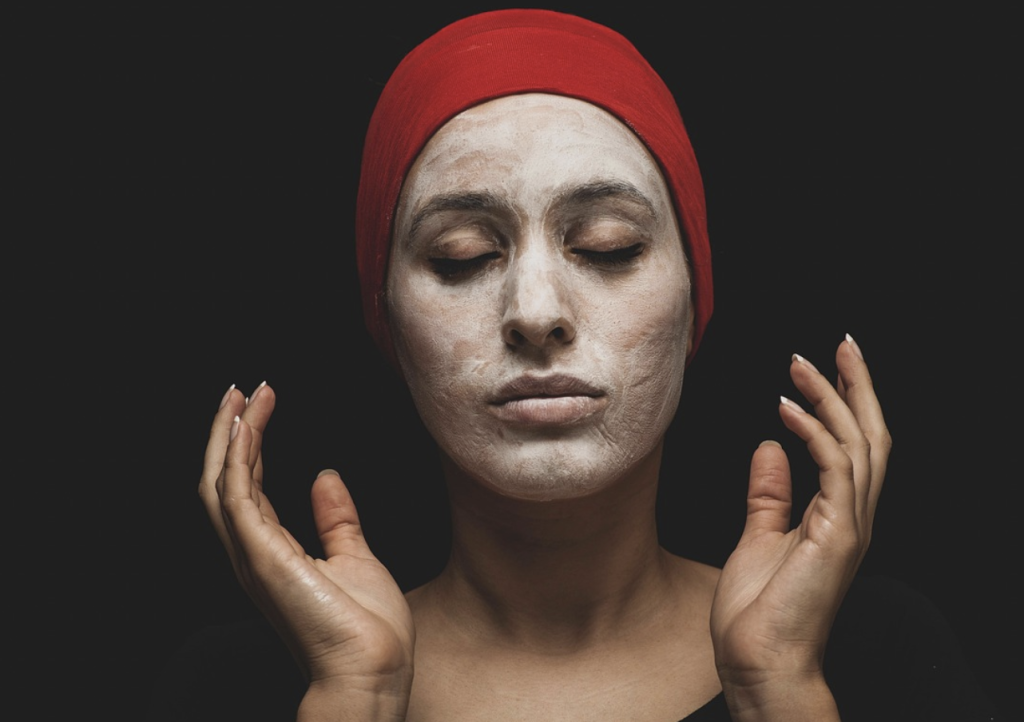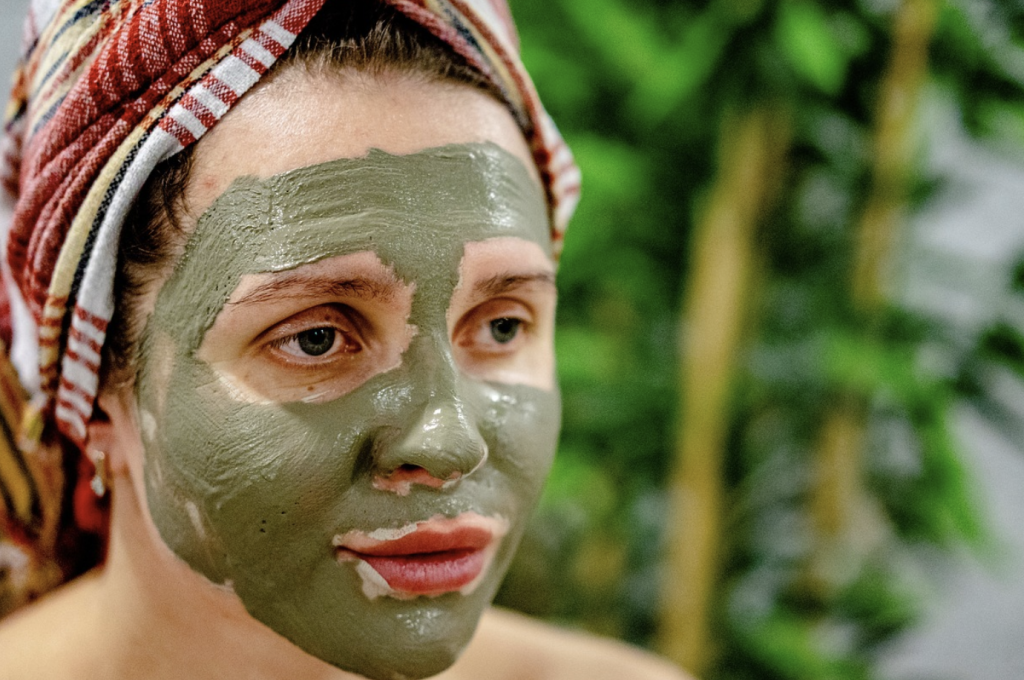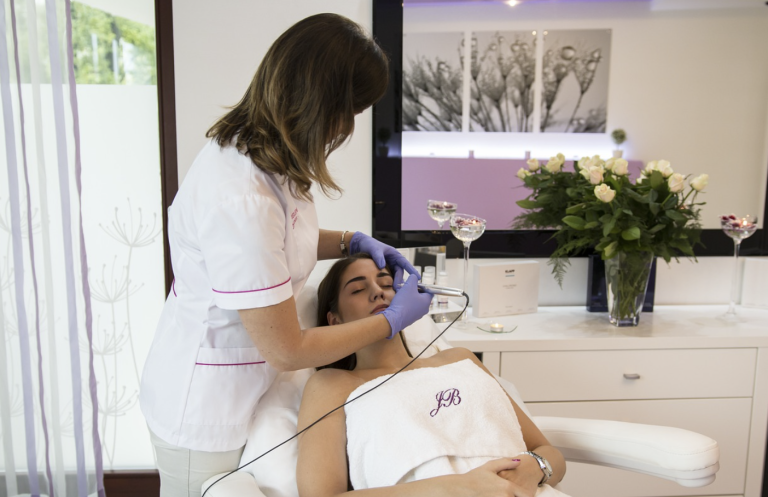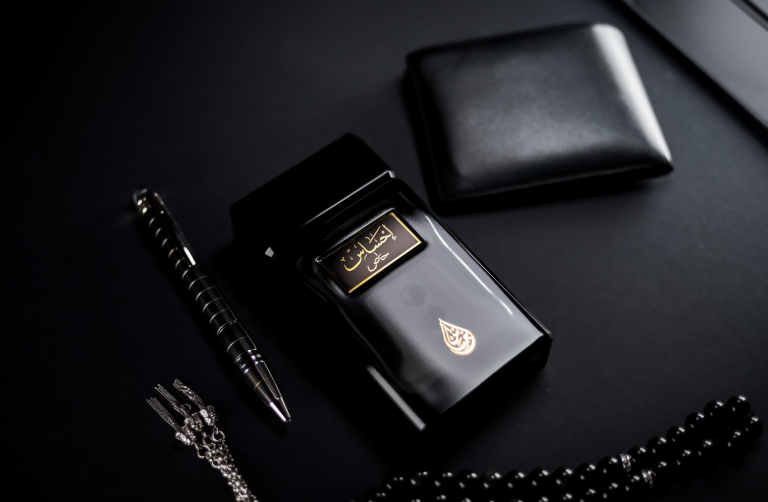
Introduction: The Appeal of Glass Skin
Everyone’s talking about glass skin. From celebrities to skincare enthusiasts, achieving that flawless, dewy, and luminous complexion has become the ultimate skincare goal. But is it just a beauty trend, or is it something that can genuinely benefit your skin? In this guide, we’ll explore the glass skin routine and how it can work for every skin type, from oily to dry, and everything in between.
What Is Glass Skin?
Glass skin is a term that originated in South Korea, referring to skin so smooth, dewy, and reflective that it resembles the transparency and shine of glass. It’s about achieving a radiant, healthy glow without any visible blemishes or rough textures. The goal isn’t to cover imperfections with makeup, but to create a naturally glowing canvas using a specific skincare routine.
The Origins of Glass Skin
The concept of glass skin comes from the meticulous skincare routines often seen in Korean beauty (K-beauty) regimens. In K-beauty, the focus is on layering lightweight, hydrating products that build a glowing complexion without clogging the skin or making it feel heavy.
Why Glass Skin Has Become So Popular
Glass skin has gained massive popularity due to its emphasis on healthy, radiant skin rather than relying on makeup. In a world where everyone is looking for natural beauty, the glass skin trend offers a practical and achievable way to get flawless-looking skin. It’s no wonder that the hashtag #glassskin has exploded on social media platforms!
Understanding Different Skin Types
Before diving into the steps of achieving glass skin, it’s crucial to understand your skin type. Every skin type has unique needs, and adapting the glass skin routine to suit those needs is key to success.
Oily Skin
Oily skin tends to produce more sebum than normal, leading to a shiny or greasy appearance. While oily skin is often prone to acne, it can still benefit from the glass skin routine, especially when paired with non-comedogenic products.
Dry Skin
Dry skin lacks sufficient moisture and may appear dull or flaky. The glass skin routine for dry skin focuses heavily on hydration to restore a dewy glow, making it one of the ideal skin types to benefit from this routine.
Combination Skin
Combination skin is a mix of oily and dry areas, with the T-zone (forehead, nose, and chin) often being oilier. A personalized approach to the glass skin routine is essential to balance hydration without over-saturating the skin.
Sensitive Skin
Sensitive skin requires extra care to avoid irritation. The key to achieving glass skin with sensitive skin is choosing gentle, fragrance-free products that are hydrating and soothing without causing flare-ups.
Key Steps in the Glass Skin Routine
Now, let’s break down the essential steps that make up the glass skin routine. Whether you have oily, dry, combination, or sensitive skin, these steps will guide you in creating that luminous glow.
Step 1: Double Cleansing
The first step in the glass skin routine is double cleansing. Start with an oil-based cleanser to remove makeup, sunscreen, and excess oils. Follow up with a water-based cleanser to remove any remaining impurities. Double cleansing ensures that your skin is thoroughly clean, providing a perfect canvas for the rest of your skincare.
Step 2: Toning for Hydration
Toning is often overlooked but is crucial in the glass skin routine. A hydrating toner helps restore moisture to your skin after cleansing and balances the skin’s pH. Look for toners with ingredients like hyaluronic acid or glycerin for the best hydrating results.
Step 3: Exfoliation (But Not Too Much)
Exfoliation removes dead skin cells, leaving your skin smooth and glowing. However, over-exfoliating can lead to irritation and dryness. Exfoliate once or twice a week with a gentle chemical exfoliator (like AHAs or BHAs) to avoid harsh scrubbing.
Step 4: Serum and Essence Application
Serums and essences are the key to achieving that dewy, glowing skin. These lightweight products penetrate deeply and provide targeted treatment, whether it’s for hydration, brightening, or anti-aging. Apply a hydrating serum followed by an essence to lock in moisture.
Step 5: Moisturizing for Glassy Texture
A rich moisturizer helps seal in the benefits of the previous steps, giving your skin that plump, glowing texture. Choose a moisturizer based on your skin type—lighter creams for oily skin and richer ones for dry skin.
Step 6: Sunscreen for Protection
No glass skin routine is complete without sunscreen. UV rays can damage your skin, leading to premature aging and dullness. Choose a broad-spectrum sunscreen with at least SPF 30 and apply it every morning, even on cloudy days.
Tailoring the Glass Skin Routine to Your Skin Type
Oily Skin Adaptations
For oily skin, opt for oil-free or gel-based cleansers, toners, and moisturizers. Choose lightweight, non-comedogenic products to avoid clogging pores while maintaining hydration. A mattifying sunscreen can also help control excess shine.
Dry Skin Adaptations
For dry skin, focus on deeply hydrating ingredients like hyaluronic acid and ceramides. Choose rich, creamy products and avoid anything too stripping. Be sure to layer moisture to lock it in, starting with a hydrating toner and finishing with a nourishing moisturizer.
Combination Skin Adaptations
Combination skin can be tricky, but you can tailor your routine by using lightweight products in the T-zone and richer formulas on the drier areas of your face. Gel-based moisturizers and toners are a good choice for the T-zone, while thicker creams can be used on the cheeks.
Sensitive Skin Adaptations
Sensitive skin needs extra care. Stick to fragrance-free, hypoallergenic products, and avoid anything too harsh or abrasive. Focus on soothing ingredients like aloe vera, calendula, and chamomile. Be mindful of exfoliating too much—less is more for sensitive skin.

Common Mistakes to Avoid
Over-exfoliating
Exfoliating too often can strip your skin of essential oils and cause irritation. Stick to exfoliating once or twice a week to avoid over-drying your skin.
Using Harsh Ingredients
When achieving glass skin, avoid harsh chemicals or abrasive physical exfoliants that can damage the skin’s barrier. Opt for gentle, hydrating products to maintain a healthy glow.

Conclusion
The glass skin routine is more than just a beauty trend—it’s about embracing a holistic skincare approach that emphasizes hydration, protection, and nourishment. By understanding your skin type and tailoring the routine to fit your unique needs, you can achieve that coveted glassy glow. Whether your skin is oily, dry, or sensitive, the right products and steps will leave your skin looking radiant and healthy.
FAQs About the Glass Skin Routine
- Can I achieve glass skin if I have acne-prone skin?
Yes! With the right products—like non-comedogenic moisturizers and gentle exfoliators—you can still achieve a glowing complexion while addressing acne concerns. - How long does it take to achieve glass skin?
Results vary, but with consistent use of a good skincare routine, you should start noticing improvements in skin texture and radiance within 2-4 weeks. - Can I skip sunscreen in the glass skin routine?
No! Sunscreen is an essential part of the glass skin routine, as UV rays can damage your skin and reverse all the hard work you’ve put into your skincare. - Is the glass skin routine suitable for all skin types?
Yes, with adjustments in product choices, the glass skin routine can be adapted to suit oily, dry, combination, and sensitive skin. - Should I use sheet masks in the glass skin routine?
Sheet masks can be a great addition for an extra boost of hydration. Use them once or twice a week for added moisture and glow.







